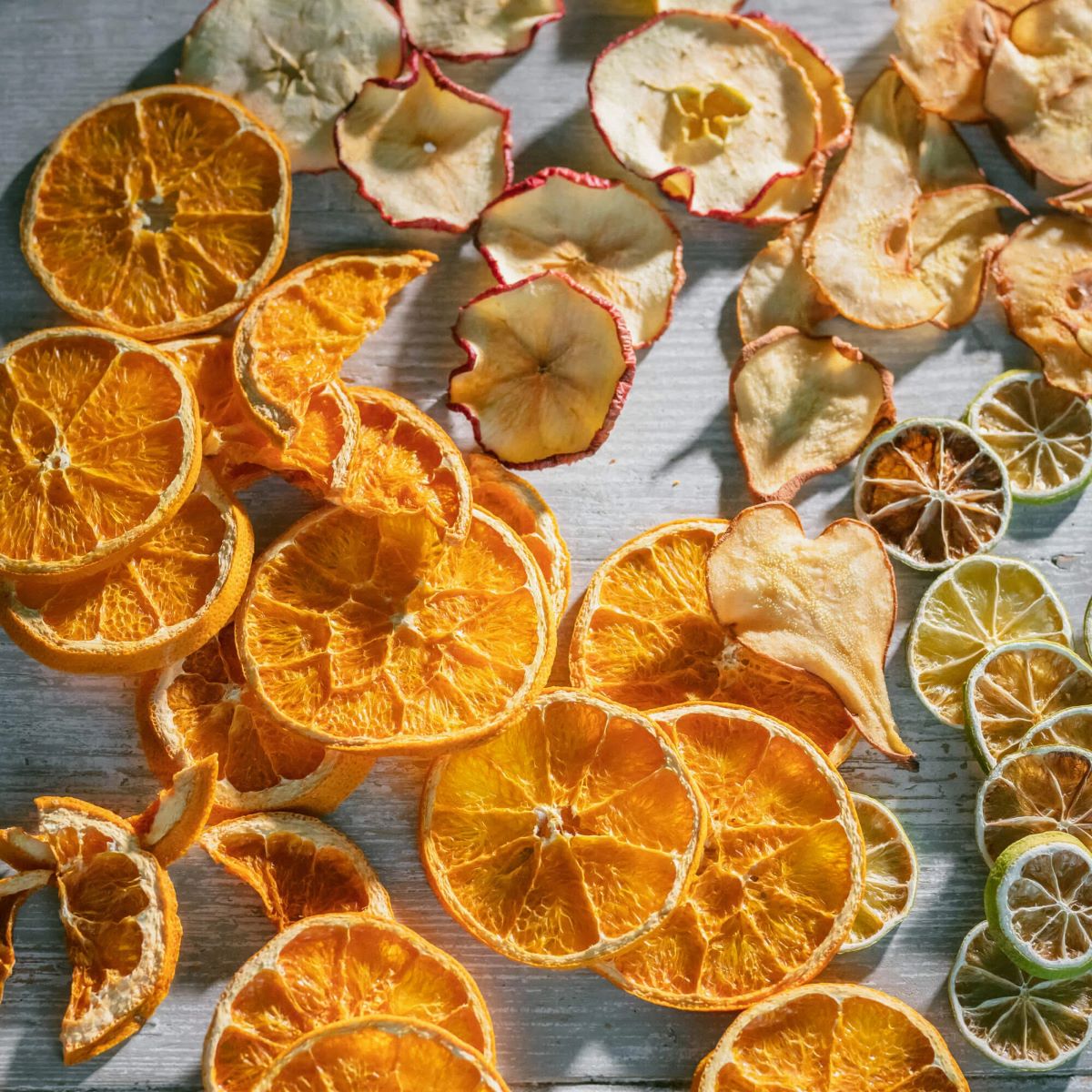

Articles
How To Store Dehydrated Fruit
Modified: December 7, 2023
Learn how to store dehydrated fruit properly with our informative articles. Find tips and tricks for preserving the flavor and freshness of your favorite dried fruits.
(Many of the links in this article redirect to a specific reviewed product. Your purchase of these products through affiliate links helps to generate commission for Storables.com, at no extra cost. Learn more)
Introduction
Dehydrated fruit is a delicious and nutritious snack that has gained popularity in recent years. With its long shelf life and concentrated flavors, it’s no wonder that more and more people are turning to this method of preserving fruits. Whether you’re an outdoor enthusiast looking for lightweight and easy-to-carry snacks or simply someone who wants to enjoy the taste of fruit year-round, dehydrated fruit is a fantastic option.
Not only does dehydrated fruit offer convenience, but it also retains many of the vitamins, minerals, and antioxidants found in fresh fruit. The dehydration process removes the water content from the fruit, which helps to preserve its nutritional value while intensifying its natural sugars. As a result, dehydrated fruit provides a concentrated burst of flavor and energy, making it a great choice for a quick pick-me-up or a healthy addition to meals and recipes.
One of the main advantages of dehydrated fruit is its extended shelf life. While fresh fruit typically spoils within a few days, properly dried and stored dehydrated fruit can last for months or even years. This makes it an excellent option for individuals who want to stock up on fruits during harvest seasons or those who want to have food on hand for emergencies.
Before diving into the world of dehydrated fruit, it’s important to know the best methods for preparing, dehydrating, storing, and rehydrating it. In this article, we will explore the benefits of dehydrated fruit, provide guidance on choosing and preparing fruits for dehydration, discuss different methods for dehydrating fruit, offer tips on storing dehydrated fruit for long-term use, and share delicious recipes that showcase the versatility of this preserved treat.
So, whether you’re a seasoned dehydrator or a beginner looking to try something new, let’s delve into the world of dehydrated fruit and discover the many benefits and possibilities it holds.
Key Takeaways:
- Dehydrated fruit offers a convenient, nutritious, and versatile snack option with an extended shelf life, making it perfect for on-the-go snacking, culinary creativity, and emergency food supplies.
- Proper fruit selection, preparation, dehydration, storage, and rehydration techniques are essential for maximizing the benefits and flavors of dehydrated fruit, allowing for long-term enjoyment and culinary exploration.
Read more: How To Dehydrate Fruit In A Dehydrator
Benefits of Dehydrated Fruit
Dehydrated fruit offers several benefits that make it an attractive choice for individuals seeking a nutritious and convenient snack. Let’s explore some of these benefits:
- Prolonged Shelf Life: One of the key advantages of dehydrated fruit is its extended shelf life. By removing the water content from the fruit, dehydration inhibits the growth of bacteria, mold, and yeast, making the fruit less prone to spoilage. Properly stored dehydrated fruit can last for months or even years, allowing you to enjoy your favorite fruits at any time.
- Portability: Dehydrated fruit is lightweight and compact, making it a perfect snack to take on-the-go. Whether you’re hiking, camping, or traveling, dehydrated fruit is a convenient option that requires no refrigeration and won’t take up much space in your bag.
- Retained Nutritional Value: While the dehydration process removes the water content from the fruit, it preserves many of the essential vitamins, minerals, and antioxidants present in fresh fruit. These nutrients are concentrated in dehydrated fruit, making it a great source of energy and promoting overall health and well-being.
- Natural Sweetness: Dehydrated fruit tends to have a more intense and concentrated flavor compared to fresh fruit. The dehydration process naturally intensifies the natural sugars present in the fruit, resulting in a satisfying and sweet taste. This makes dehydrated fruit a healthier alternative to processed snacks that are often loaded with added sugars.
- Versatility: Dehydrated fruit can be used in a variety of ways. It can be enjoyed as a standalone snack, added to trail mixes or granola, used as a topping for cereals and yogurt, or incorporated into baked goods and desserts. The possibilities are endless, allowing you to get creative in the kitchen and add bursts of flavor and nutrition to your favorite recipes.
- Economical: Buying fresh fruit out of season can be expensive. Dehydrating fruit at home or purchasing it in bulk when it’s in season and more affordable offers a cost-effective way to enjoy your favorite fruits year-round.
By choosing dehydrated fruit, you can enjoy the taste, convenience, and nutritional benefits of fruit in a portable and long-lasting form. From its extended shelf life to its versatility in recipes, dehydrated fruit is a fantastic option for individuals of all ages who are looking for a healthy and delicious snack. So, go ahead and discover the wonderful world of dehydrated fruit!
Choosing and Preparing Fruit for Dehydration
When it comes to dehydrating fruit, selecting the right fruits and properly preparing them is crucial to ensure the best results. Here are some tips for choosing and preparing fruit for dehydration:
- Fruit Selection: Choose fruits that are ripe but still firm, as they will dehydrate more evenly. Opt for fruits that have a high water content, such as berries, apples, pears, pineapples, and citrus fruits.
- Quality Check: Inspect the fruit for any signs of spoilage or damage. Remove any bruised or overripe spots, as they can affect the overall quality of the dehydrated fruit.
- Washing: Thoroughly wash the fruit to remove any dirt, bacteria, or pesticides. Use a mixture of water and vinegar to clean the fruit, or you can also use a produce wash specifically designed for removing residues.
- Peeling and Pitting: Depending on the fruit, you may need to peel it or remove the pits before dehydrating. For apples, pears, and peaches, it’s best to peel them to ensure a more consistent texture in the final dehydrated fruit. Similarly, remove the pits from fruits like cherries, plums, or apricots for a more enjoyable snacking experience.
- Slicing or Dicing: Slice or dice the fruit into even-sized pieces to ensure uniform drying. Thinner slices or smaller pieces will dehydrate faster and more evenly. You can use a sharp knife, a mandoline slicer, or a food processor to achieve consistent thickness.
- Pre-Treatment (optional): Some fruits, like apples or pears, may oxidize and turn brown during the drying process. To prevent this, you can pre-treat the fruit by soaking it in a solution of lemon juice or citric acid and water. This will help preserve the fruit’s color and prevent browning.
Remember, the key is to ensure that the fruit is clean, free from any defects, and prepared in a way that promotes even drying. By following these guidelines, you can set the stage for successful dehydration and create flavorful, nutritious dehydrated fruit to enjoy.
Methods for Dehydrating Fruit
Once you have chosen and prepared your fruit, it’s time to start the dehydration process. There are several methods you can use to dehydrate fruit, each with its own advantages and considerations. Here are some common methods for dehydrating fruit:
- Sun Drying: This traditional method involves placing the fruit in direct sunlight to dry naturally. Sun drying requires warm and dry weather conditions, making it ideal for regions with a hot climate. However, this method can be time-consuming and is highly dependent on weather conditions.
- Oven Drying: If you don’t have access to a dehydrator, you can use your oven to dry fruit. Arrange the fruit slices or pieces on a baking sheet lined with parchment paper and place them in the oven at a low temperature, usually around 140°F (60°C). Keep the oven door slightly ajar to allow moisture to escape. Note that oven drying may take longer than using a dehydrator and may result in slightly different texture and color.
- Dehydrator: A food dehydrator is a convenient and efficient tool specifically designed for drying fruits, vegetables, and other foods. Dehydrators use low heat and a fan to circulate air, removing moisture from the fruit. Follow the manufacturer’s instructions for the specific dehydrator model you are using. Arrange the fruit pieces on the dehydrator trays, leaving space between them for air circulation. Set the temperature according to the fruit being dried (usually between 130°F to 160°F or 55°C to 70°C) and let the dehydrator do the work.
- Freeze Drying: Freeze drying involves freezing the fruit to a very low temperature and then slowly drying it in a vacuum chamber. This method typically requires specialized equipment and is more commonly used in commercial food production. While freeze drying produces a superior texture and retains more nutrients, it is not commonly done at home due to the specialized equipment needed.
Regardless of the method you choose, it’s important to monitor the drying process and check the fruit regularly to ensure it is drying evenly. The drying time will vary depending on the method used, the type of fruit, and the thickness of the slices or pieces.
It’s worth noting that some fruits may require blanching before drying. Blanching involves briefly immersing the fruit in boiling water or steam and then rapidly cooling it in ice water. This process helps to preserve the color, texture, and flavor of the fruit by deactivating enzymes that can cause browning and degradation.
By experimenting with different drying methods and techniques, you can find the one that works best for you and produces the desired results. Enjoy the process of transforming fresh fruit into delectable dried snacks that you can savor for months to come.
Storing Dehydrated Fruit for Long-Term Use
Proper storage is key to maintaining the quality and freshness of your dehydrated fruit over an extended period. Here are some guidelines to follow when storing dehydrated fruit:
- Cool and Dry Environment: Store your dehydrated fruit in a cool, dry place, away from sunlight, moisture, and heat sources. Exposure to these elements can lead to moisture absorption, which can cause spoilage or mold growth.
- Airtight Containers: Transfer your dehydrated fruit to airtight containers, such as glass jars, plastic containers with tight-fitting lids, or vacuum-sealed bags. These containers will help to keep out air, moisture, and pests, ensuring the longevity of your dried fruit.
- Labeling: Properly label your containers with the type of fruit and the date of dehydration. This will help you keep track of the storage time and easily identify the contents.
- Temperature Considerations: Aim for a storage temperature of around 50°F to 60°F (10°C to 15°C) for optimal shelf life. Avoid storing dehydrated fruit in areas that are subject to high temperatures or fluctuations, such as near ovens or stoves.
- Rotation: If you have a large quantity of dehydrated fruit, rotate your stock by using the older batches first. This ensures that you consume the oldest fruit first, maintaining a fresh supply and avoiding waste.
- Freezer Storage (optional): If you plan to store your dehydrated fruit for an even longer period, you can consider freezing it. Place the dehydrated fruit in freezer-safe, airtight bags or containers and store them in the freezer. Freezer storage can extend the shelf life of dehydrated fruit for up to a year or more.
It’s important to note that even when properly stored, dehydrated fruit may naturally lose some of its texture and flavor over time. Therefore, it’s advisable to consume your dehydrated fruit within a reasonable timeframe to enjoy it at its best quality.
By following these storage tips, you can ensure that your dehydrated fruit remains fresh, delicious, and ready to be enjoyed whenever you have a craving for a healthy and tasty treat.
Store dehydrated fruit in airtight containers or resealable bags to prevent moisture from getting in. Keep them in a cool, dark place to maintain their flavor and texture.
Read more: How To Store Dehydrated Fruit Long Term
Proper Packaging and Labeling
When it comes to storing dehydrated fruit, proper packaging and labeling play a crucial role in maintaining its quality and ensuring easy identification. Here are some guidelines to follow when packaging and labeling your dried fruit:
- Airtight Containers: Choose packaging containers that are airtight and moisture-proof. Mason jars, plastic containers with tight-sealing lids, or vacuum-sealed bags are excellent options. These containers will help to keep out air and moisture, preventing the dehydrated fruit from absorbing moisture and becoming stale.
- Proper Sizing: For optimal storage, use containers that are appropriately sized for the quantity of dehydrated fruit you are storing. It’s best to avoid leaving excess air space in the containers, as this can promote moisture absorption and affect the fruit’s quality.
- Labeling: Label each container with important information, including the type of fruit, the date of dehydration, and any other relevant details. This will help you quickly identify the contents and keep track of the storage time.
- Desiccant Packs (optional): To further protect the dehydrated fruit from moisture, you can consider placing desiccant packs in the storage containers. These small packets are designed to absorb excess moisture and help maintain the quality of the dried fruit.
- Storage Bags: If you plan to store smaller quantities of dehydrated fruit, you can use resealable plastic bags. Make sure to press out any excess air before sealing the bags to minimize the chances of moisture absorption.
- Dark and Cool Storage: Store the packaged dehydrated fruit in a cool, dark place away from direct sunlight. Exposure to light can cause the fruit to lose its color and degrade in quality over time.
- Organizational System: If you have multiple types of dehydrated fruit, consider organizing them in separate containers or using dividers within larger containers. This will help you easily locate and access the specific fruit you desire.
Proper packaging and labeling not only help to preserve the quality of your dehydrated fruit but also make it more convenient to use and enjoy. By following these guidelines, you can ensure that your dried fruit stays fresh, flavorful, and readily available for your snacking or culinary needs.
Best Practices for Maintaining Fruit Quality
To ensure that your dehydrated fruit maintains its quality and flavor over time, it’s essential to follow specific best practices. By implementing these practices, you can enjoy delicious and nutritious dried fruit for an extended period. Here are some best practices for maintaining the quality of your dehydrated fruit:
- Properly Dry the Fruit: Ensure that the fruit is thoroughly dried before storing it. Over-drying can lead to a brittle texture, while under-drying can increase the risk of mold growth. The fruit should be completely dry and slightly leathery to the touch.
- Avoid Moisture Exposure: Moisture is the enemy of dehydrated fruit, as it can lead to spoilage and the growth of mold. Store your dried fruit in airtight containers, away from humid environments, and keep it separate from any items that may release moisture, such as fresh or damp produce.
- Monitor for Signs of Spoilage: Regularly check your stored dehydrated fruit for any signs of spoilage. Discard any pieces that appear moldy, discolored, or have an off smell. It’s important to inspect the fruit periodically to ensure that the entire batch remains in good condition.
- Rotate and Use First-In, First-Out (FIFO) Method: If you have multiple batches of dehydrated fruit, practice FIFO by using the oldest stock first. This helps to ensure that none of the fruit goes to waste and that you’re always consuming the oldest batches before they lose their freshness.
- Avoid Exposure to Strong Odors: Dehydrated fruit can absorb strong odors from its surroundings, impacting its flavor. Store your dried fruit away from pungent foods or substances, such as spices, onions, or cleaning products, to prevent any unwanted flavors from being absorbed.
- Regularly Check and Maintain Storage Conditions: As time goes by, keep an eye on the storage conditions of your dried fruit. Ensure that the storage area remains cool, dry, and dark. If necessary, adjust temperature and humidity levels to maintain optimal conditions for preserving the fruit.
- Keep Pest Control Measures: To prevent infestations, inspect your storage area regularly and take appropriate measures to keep pests at bay. Clean the storage containers and surrounding space to eliminate any crumbs or debris that may attract insects or rodents.
By following these best practices, you can maximize the shelf life and enjoyment of your dehydrated fruit. With proper storage and vigilance, you’ll be able to savor the flavors and nutritional benefits of your dried fruit for an extended period.
Tips for Rehydrating Dehydrated Fruit
Rehydrating dehydrated fruit allows you to bring back its natural juiciness and plumpness, making it versatile for various culinary uses. Here are some helpful tips for rehydrating your dehydrated fruit:
- Choose the Right Method: There are several methods for rehydrating dehydrated fruit, including soaking, simmering, or steaming. The method you choose depends on personal preference and the desired texture for your recipe.
- Soaking: Soaking is a simple and effective method for rehydrating most dried fruits. Place the desired amount of dehydrated fruit in a container and cover it with water or a liquid of your choice, such as fruit juice or tea. Allow the fruit to soak for several hours or overnight until it reaches the desired level of rehydration.
- Simmering: Simmering is ideal for fruits that need a softer texture, such as dried prunes or apricots. Place the dehydrated fruit in a saucepan and cover it with water or liquid. Bring it to a simmer over low heat and let it cook for a few minutes until the fruit becomes plump and tender.
- Steaming: Steaming is a gentle method that helps to retain the shape and texture of the fruit. Place the dehydrated fruit in a steamer basket or a mesh sieve above a pot of boiling water. Cover and steam for a few minutes until the fruit becomes soft and rehydrated.
- Experiment with Flavorings: Enhance the flavor of rehydrated fruit by adding spices, sweeteners, or flavored liquids during the soaking or simmering process. This can add depth and complexity to the fruit, making it more enjoyable to eat or use in recipes.
- Save the Rehydrating Liquid: The liquid used to rehydrate the fruit can be infused with its flavors and sweetness. Don’t discard it! Use it in smoothies, fruit sauces, or as a base for refreshing beverages. You can also add it to baked goods or porridge for an extra burst of flavor.
- Adjust Rehydration Time: The specific rehydration time will vary depending on the type and thickness of the fruit. Monitor the texture and taste of the rehydrated fruit throughout the process and adjust the soaking or cooking time accordingly to achieve the desired level of tenderness.
Rehydrated fruit can be used in a wide range of recipes, such as oatmeal, baked goods, salads, or sauces. Experiment with different combinations and get creative with incorporating rehydrated fruit into your cooking.
Remember, the goal is to revive the dried fruit’s natural moisture and plumpness while maintaining its flavor and nutritional benefits. With these tips, you can effectively rehydrate your dehydrated fruit and unlock a world of culinary possibilities.
Recommended Recipes Using Dehydrated Fruit
Dehydrated fruit is incredibly versatile and can be used in a variety of recipes to add a burst of flavor and natural sweetness. Here are a few recommended recipes that make excellent use of dehydrated fruit:
- Trail Mix: Combine your favorite dehydrated fruits with nuts, seeds, and even a sprinkle of chocolate chips for a classic trail mix. It’s a convenient and energizing snack that is perfect for outdoor activities or as a quick grab-and-go option.
- Fruit and Nut Bars: Blend together dates, nuts, and dehydrated fruit to make homemade fruit and nut bars. These bars are packed with nutrients, are easy to make, and make for a healthy and delicious snack.
- Oatmeal Toppings: Sprinkle dehydrated fruit over your morning bowl of oatmeal for a burst of flavors and natural sweetness. It adds a delightful texture and a touch of indulgence to your breakfast.
- Fruit-infused Water: Add dehydrated fruit to a pitcher of water and let it infuse for a refreshing and flavorful twist on your hydration routine. Try combinations like lemon and strawberry, orange and pineapple, or cucumber and mint for a spa-like experience.
- Cereal or Yogurt Toppings: Sprinkle dehydrated fruit on top of your favorite cereal or yogurt for an added burst of flavor and texture. It’s a simple way to elevate your breakfast or snack time.
- Fruit Compote: Simmer rehydrated dehydrated fruit with a bit of water or juice to create a luscious fruit compote. Use it as a topping for pancakes, waffles, or ice cream, or incorporate it into yogurts and desserts for a delightful treat.
- Baked Goods: Incorporate finely chopped or powdered dehydrated fruit into cookie dough, bread, muffins, or granola bars for an extra layer of flavor. It can add a touch of natural sweetness and vibrancy to your baked goods.
- Fruit Smoothies: Blend rehydrated fruit with milk or yogurt, ice, and a sweetener of your choice to create a refreshing and nutritious fruit smoothie. It’s a wonderful way to enjoy the flavors of dehydrated fruit in a cool and satisfying drink.
These are just a few ideas to get you started, but feel free to get creative and adapt these recipes to suit your taste preferences and dietary needs. There are endless possibilities for incorporating dehydrated fruit into your meals and snacks, allowing you to enjoy its flavors, textures, and nutritional benefits throughout the day.
So go ahead, let your culinary imagination run wild and discover the delightful ways in which dehydrated fruit can elevate your favorite recipes!
Read more: How To Dehydrate Fruit In Air Fryer
Conclusion
Dehydrated fruit is a versatile and nutritious snack that offers a range of benefits. Whether you’re looking for a convenient on-the-go snack, an ingredient to enhance your recipes, or a shelf-stable food for emergency situations, dehydrated fruit fits the bill. With its extended shelf life, portability, retained nutritional value, and natural sweetness, it’s no wonder that dehydrated fruit has become increasingly popular.
Choosing the right fruits and properly preparing them is essential for successful dehydration. Whether you opt for sun drying, oven drying, or using a food dehydrator, each method has its own advantages and considerations. Properly storing dehydrated fruit in airtight containers, in a cool and dry environment, is crucial for maintaining its quality and freshness over time.
When it comes to rehydrating dehydrated fruit, there are several methods to choose from. Soaking, simmering, or steaming the fruit can restore its juiciness, and it can be used in a variety of recipes such as trail mix, oatmeal toppings, or fruit-infused water. The rehydrated fruit can also be incorporated into baked goods, used as cereal or yogurt toppings, or enjoyed as a fruit compote or smoothie.
By following best practices such as monitoring for signs of spoilage, rotating stock, and maintaining optimal storage conditions, you can ensure that your dehydrated fruit stays fresh and flavorful for long periods.
In conclusion, dehydrated fruit is a tasty and nutritious snack that offers convenience, extended shelf life, and a variety of culinary possibilities. Whether you’re an outdoor adventurer, a health-conscious individual, or simply someone looking for a delicious treat, dehydrated fruit is a fantastic option. So, dive into the world of dehydrated fruit, experiment with different fruits and recipes, and enjoy the benefits and flavors that this preserved snack has to offer.
Frequently Asked Questions about How To Store Dehydrated Fruit
Was this page helpful?
At Storables.com, we guarantee accurate and reliable information. Our content, validated by Expert Board Contributors, is crafted following stringent Editorial Policies. We're committed to providing you with well-researched, expert-backed insights for all your informational needs.

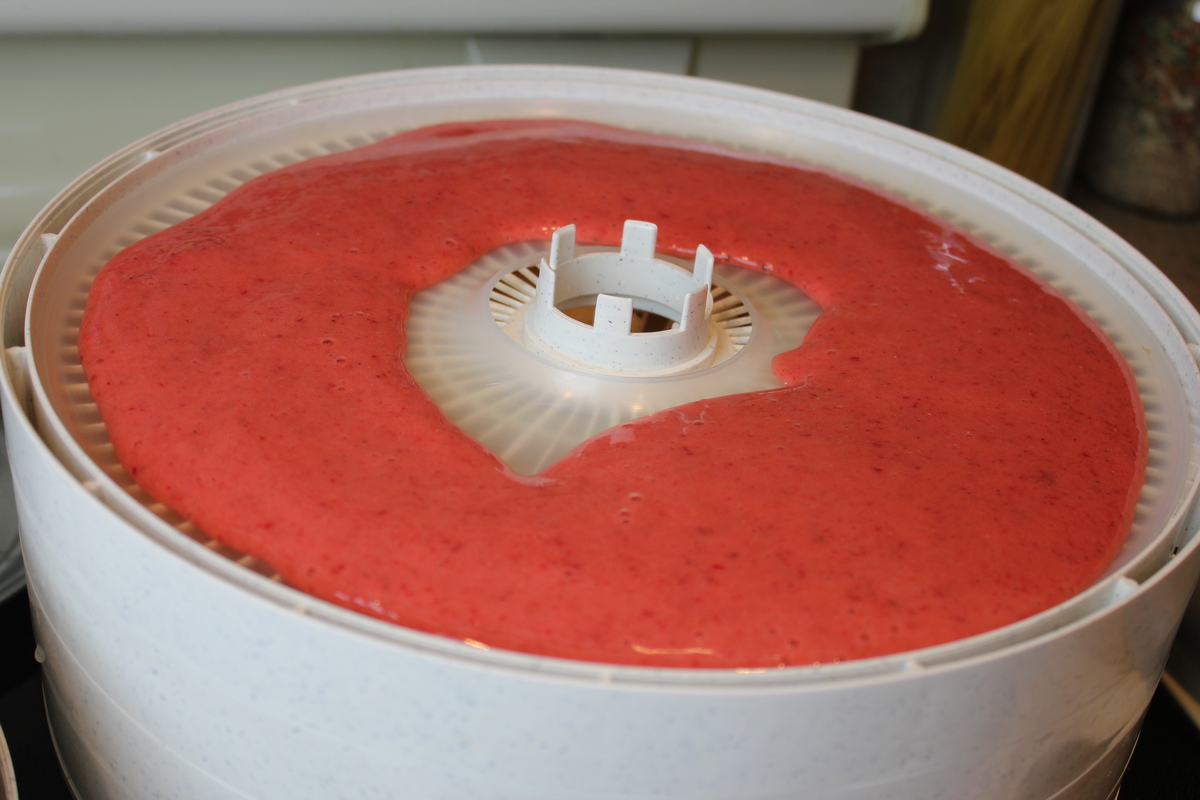

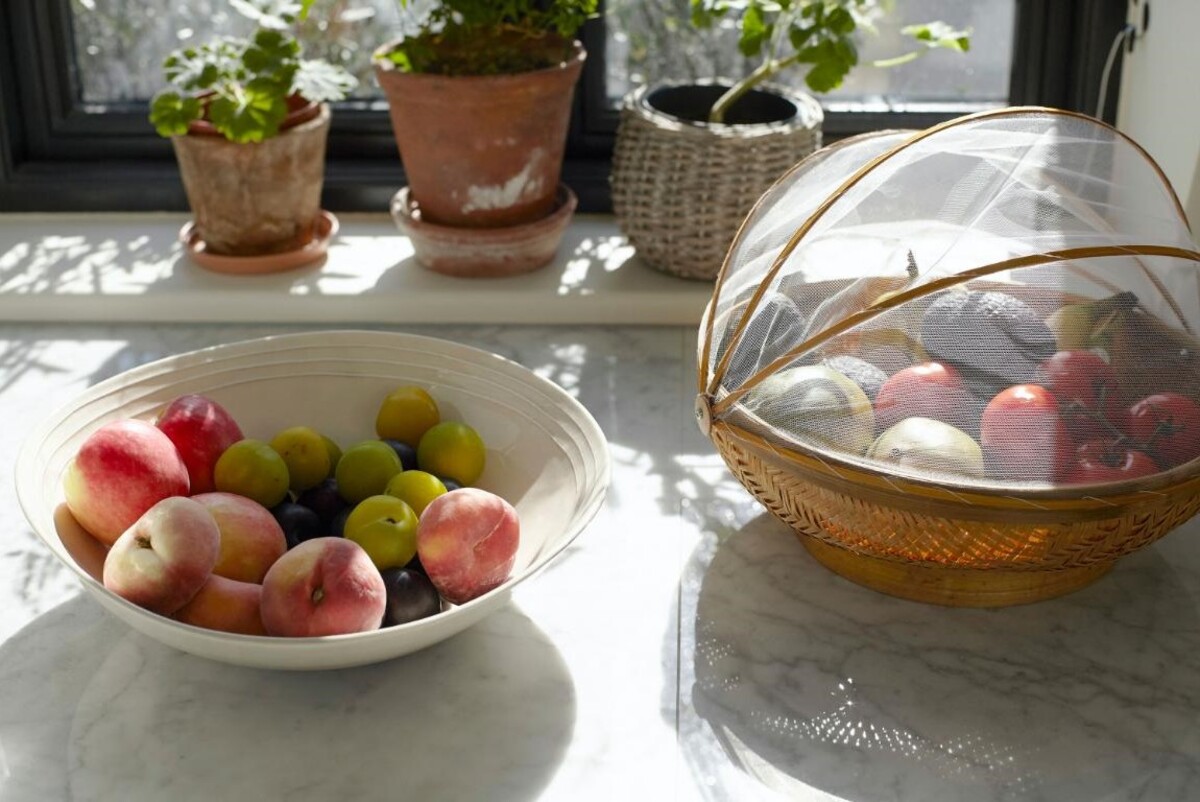
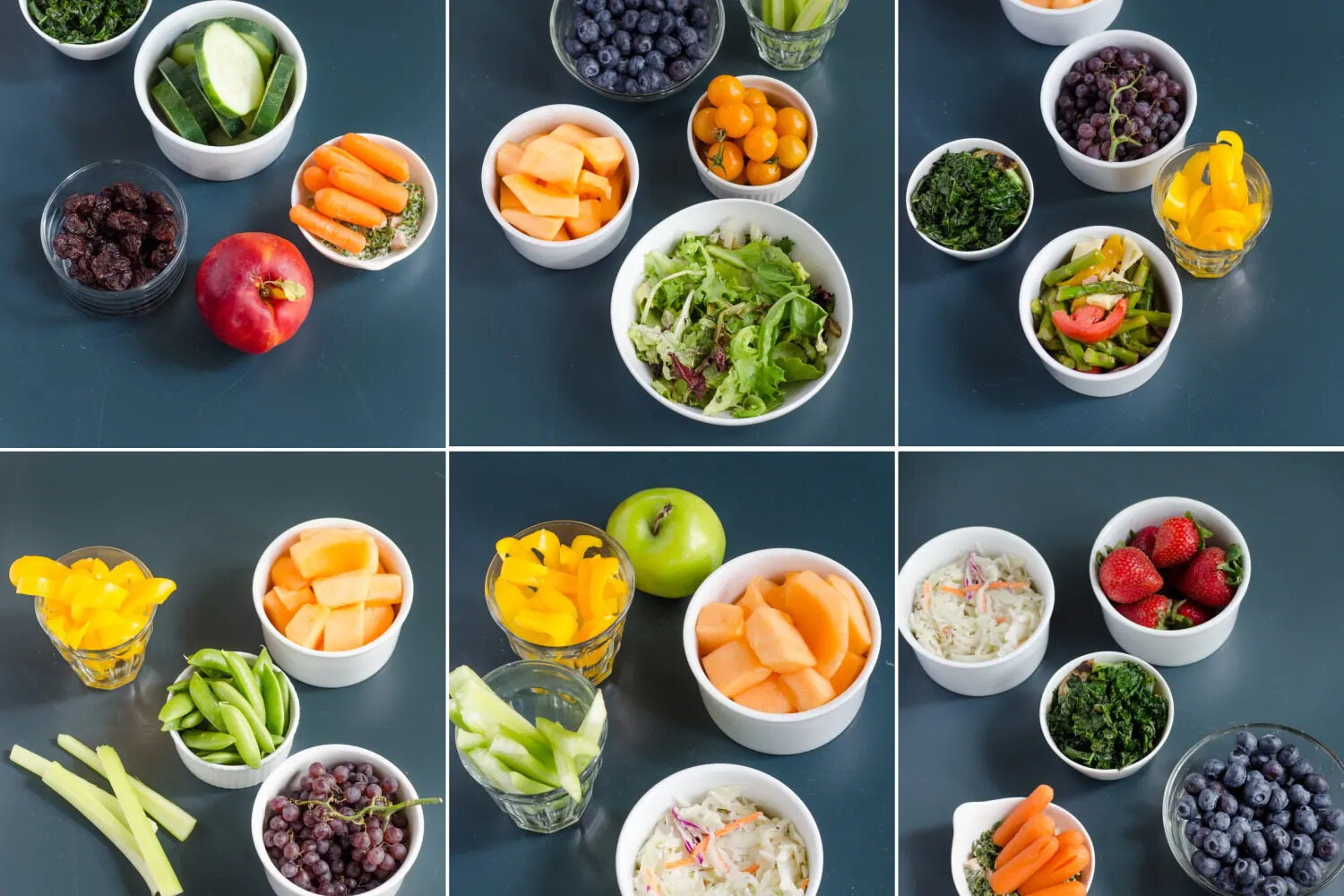
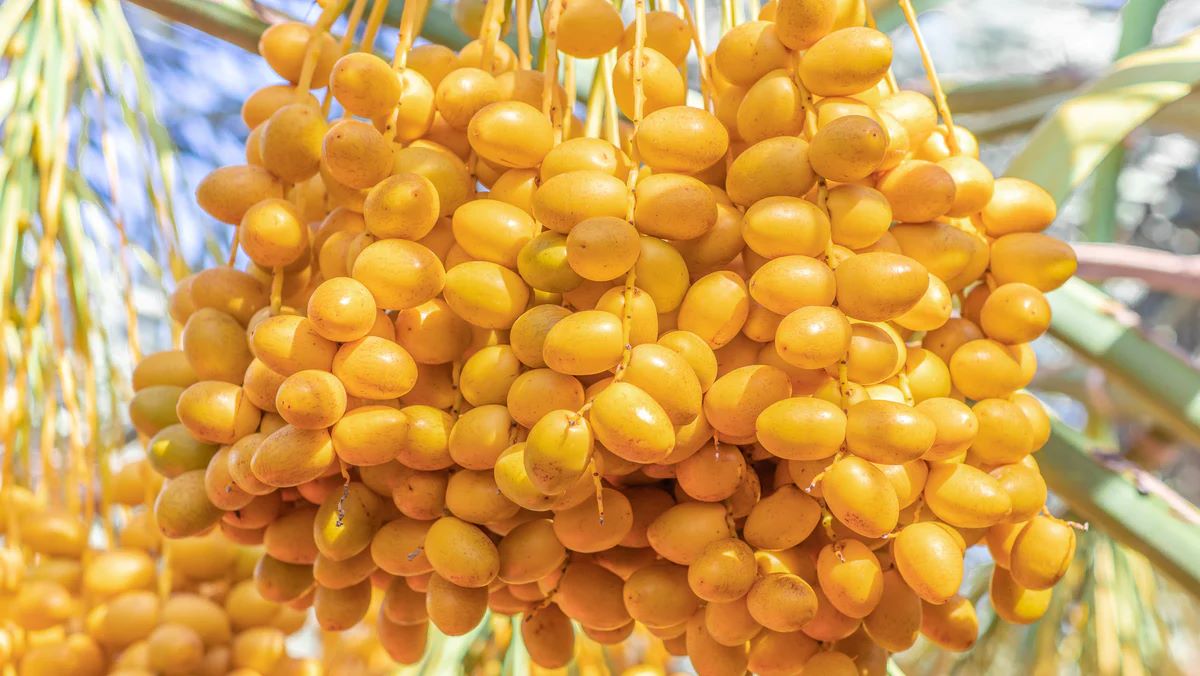


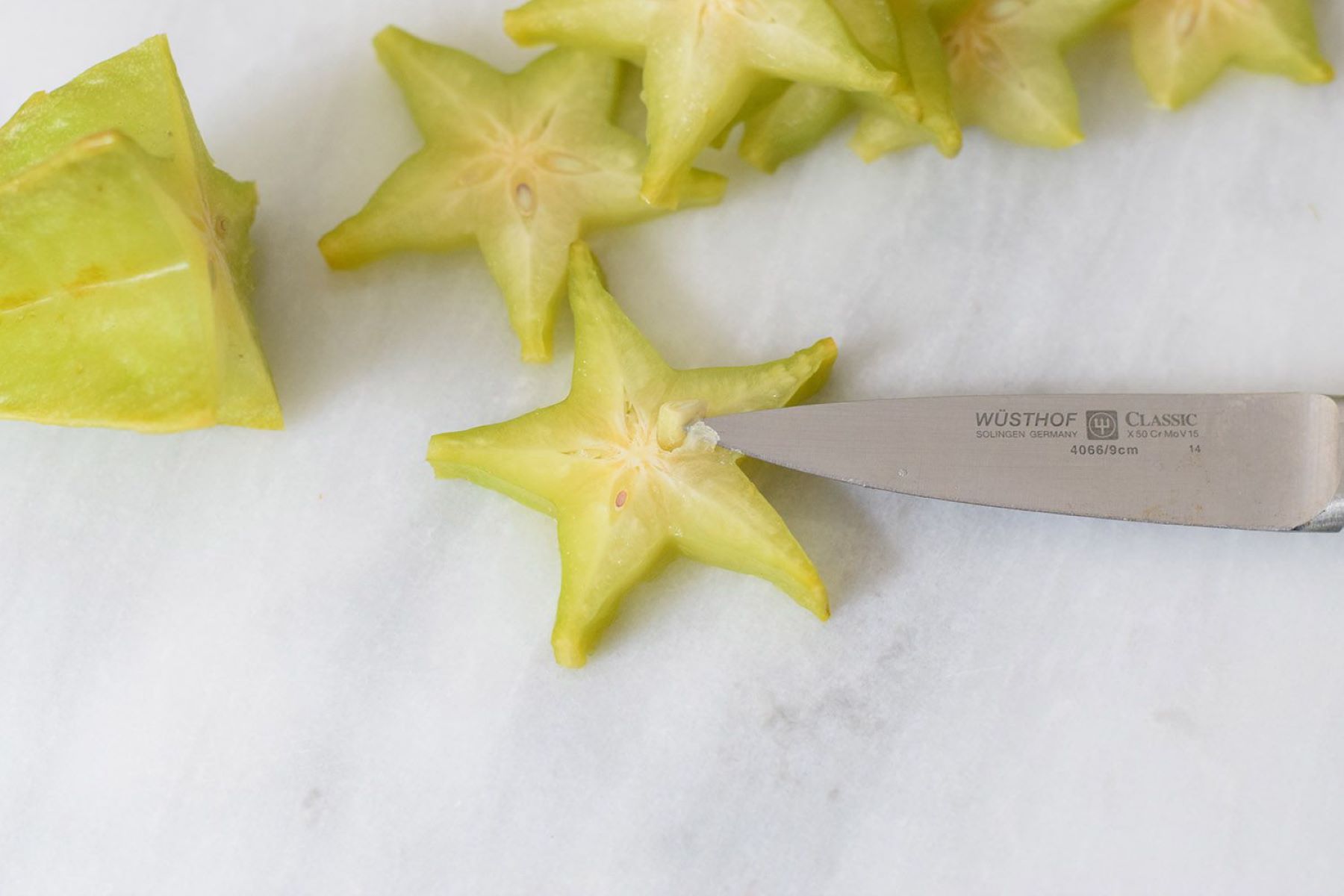

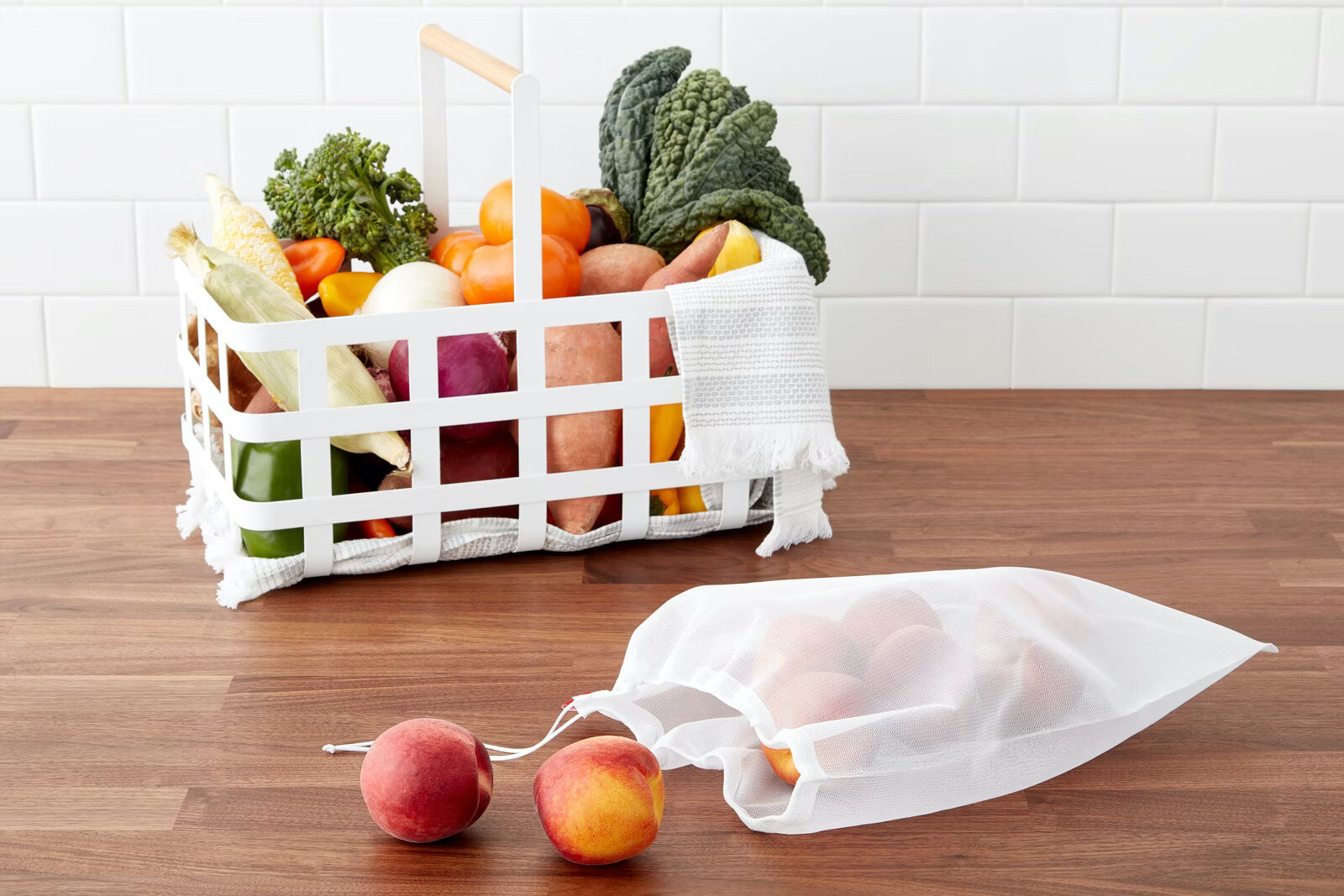
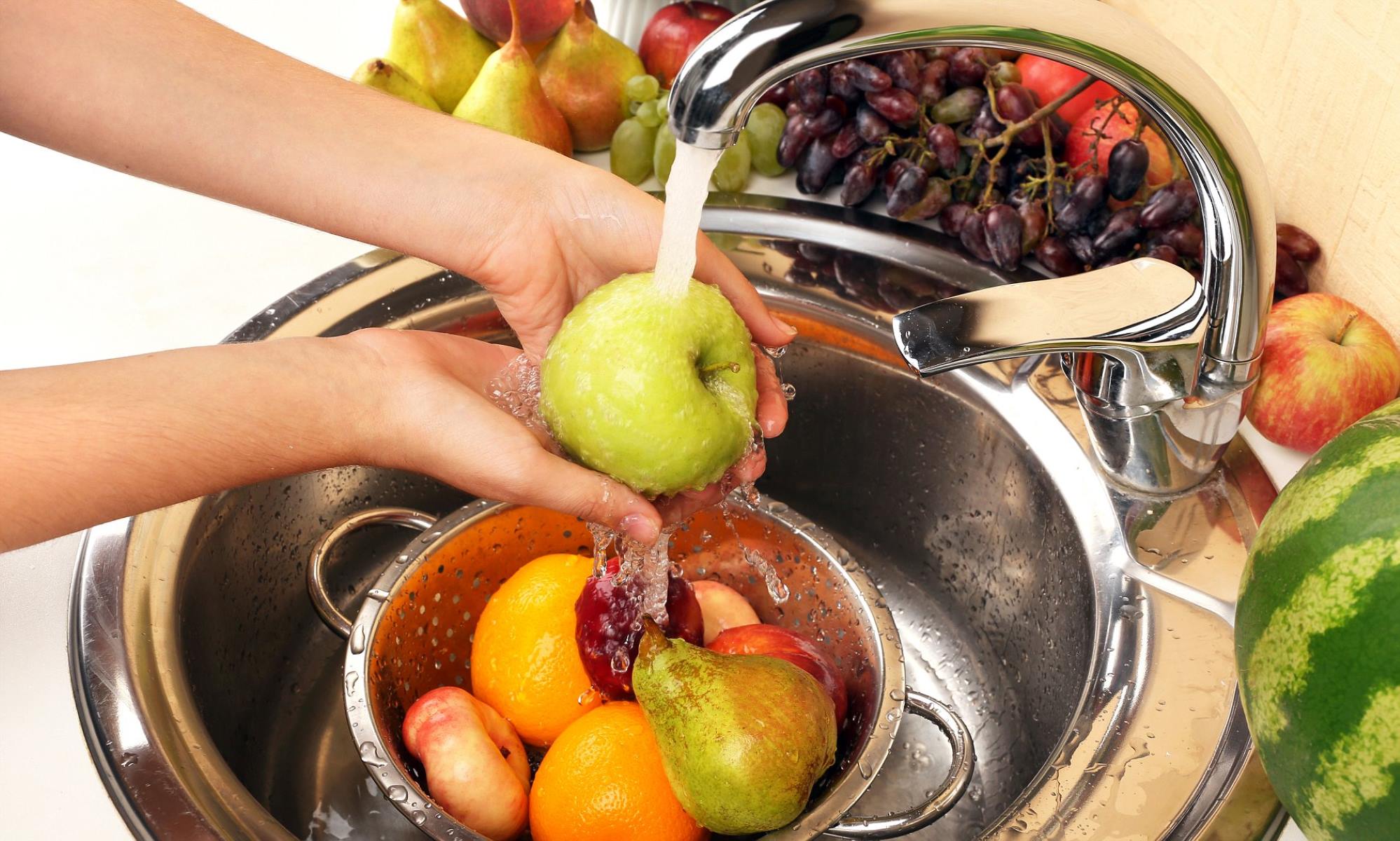
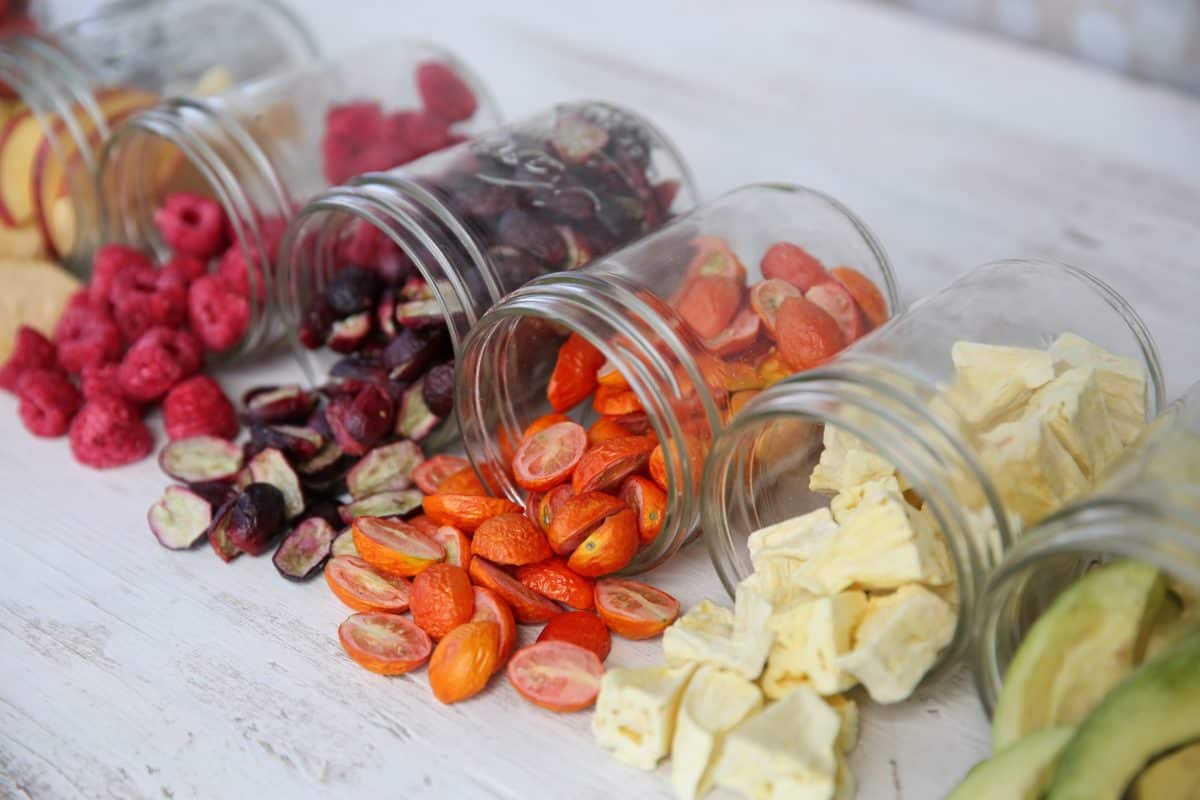

0 thoughts on “How To Store Dehydrated Fruit”